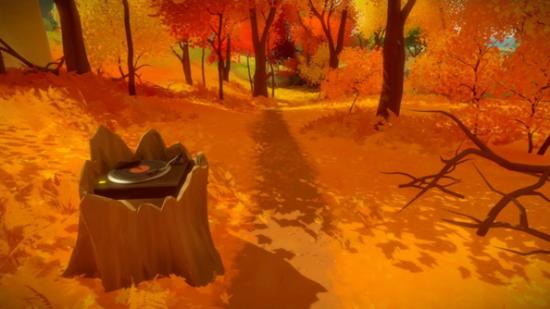Braid was really good at puzzles. Its genius was twofold: in allowing you to miss out the jigsaw pieces you found most difficult and chew them over while working on the next; and in having puzzles build on previous solutions, such that you eventually found yourself bending your brain into shapes it wasn’t used to.
All signs point to The Witness managing the same: not least Jon Blow’s definition of a bad puzzle, which goes some way to showing he’s still got it.
“A bad puzzle doesn’t know what it’s about; is obfuscated or more complex than it needs to be,” said Blow in an excellent interview with GameTrailers. “And a bad puzzle is afraid that you won’t like it, so it throws a lot of stuff in to grab your attention.”
What’s a good puzzle, then? The opposite of all those things.
“A good puzzle knows what it’s about, it knows what it’s trying to communicate or show you,” explained Blow. “It is as simple as it can possibly be in order to draw focus onto the subject matter of that puzzle. And it’s not afraid to be what it is. So it doesn’t add red herrings or extraneous visual polish to try and distract you or whatever.
“It is what it is, and it knows what it is is strong enough to be worth your time.”
There are currently 621 puzzles in The Witness. They’re approachable in lots of different orders, and you don’t need to solve all of them to finish the game – just a “good portion”.
Honestly, I find it a little odd that Blow is considered a snob, when his modus operandi appears to be respecting players and their time as much as possible. What do you reckon?
